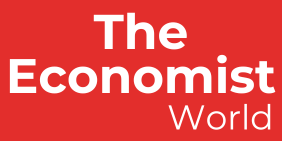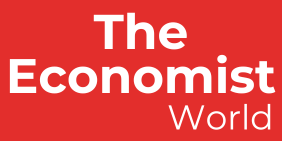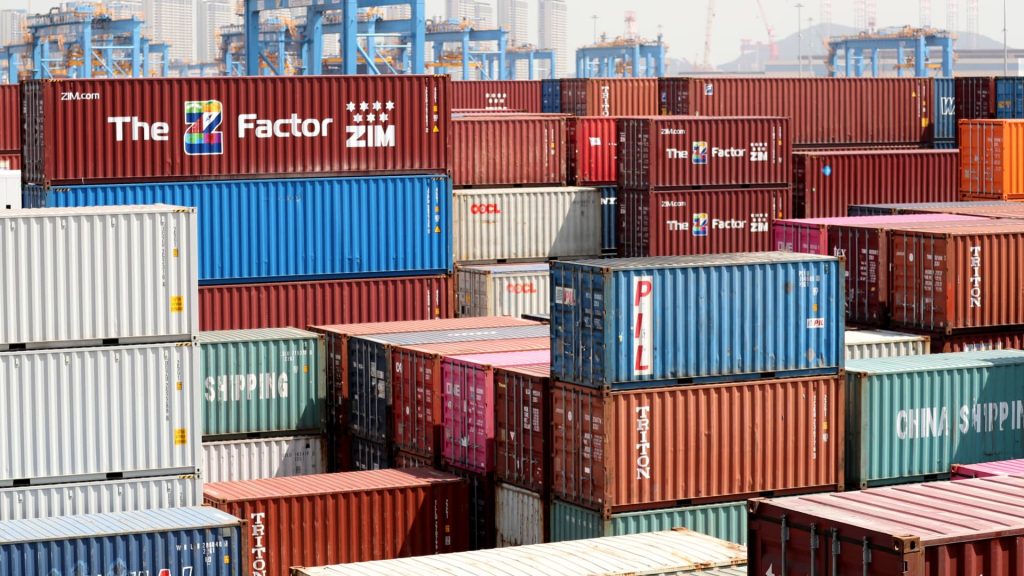Companies large and small are turning to special U.S. Customs-approved sites to avoid, at least temporarily, the payment of new tariffs implemented by President Trump.
These locations, called foreign trade zones (FTZs) and bonded warehouses, are specially designated, secured storage or manufacturing sites approved by U.S. Customs where freight is not subject to U.S. duties or excise taxes. Duties are only paid by the importer when the goods are transferred out of the FTZ or bonded warehouse for U.S. market consumption.
“A year ago, an FTZ was a nonstarter because of the investment a company would have to make,” said Jackson Wood, director of industry strategy for Descartes Global Trade Intelligence, which provides FTZ technology system assistance. “Now they are crunching the numbers to see if it makes financial sense, and for some it does,” Wood said, including smaller companies that are starting to consider FTZs as tariff rates soar.
There is a 90-day pause in place for most countries before new tariffs hit, though tariffs for Chinese goods are now as high as 145%.
FTZs enable U.S. importers and manufacturers to store imports of finished goods for an indefinite amount of time without paying trade duties. Freight imported under bond and placed in a bonded warehouse can be stored for up to five years starting the day it was imported into the country. Depending on the day the freight is moved out of an FTZ or bonded warehouse, importers might be able to pay either reduced customs duties, taxes, or fees, or none at all — a strategic approach to import management also known as an “inverted tariff.”
The deferment of duties, taxes and fees normally applicable upon importation can significantly enhance a company’s financial position by providing cost savings, operational flexibility, and improved cash flow.
Jeffrey J. Tafel, president of the National Association of Foreign Trade-Zones, says his organization started to see an increase in membership during the 2024 presidential election, and registrations have continued to pour in, with membership is at an all-time high.
“With tariff changes happening so quickly, there are companies that are looking for FTZ storage space in order to defer the duties until they are able to decide how they want to proceed with the merchandise, much of which was purchased before the tariffs were known,” said Tafel. “Any time tariffs are in the news, we see an increase in interest in all programs that help U.S. companies mitigate the impact.”
Tafel said there is also increased interest regarding FTZ grantees, which are authorized by the Foreign-Trade Zones Board to establish, operate, and maintain a foreign-trade zone, with inquiries up as much as two to four times what is typical.
FTZs were created by Congress in the 1930s to incentivize domestic investment in U.S. The foreign-trade zones program employs more than 550,000 American workers across all 50 states and Puerto Rico, and in virtually every industry sector.
Companies can choose to not ship goods at all, and recent data out of Asia shows a steep decline in manufacturing orders and freight vessel sailings. Bringing the goods in, and using duty-free zones, is the other option.
“Recent tariff changes have made FTZs more appealing, as other duty reduction or recovery options, like duty drawback, are not eligible for the new tariffs,” said Chelsea Pavona Gardner, a Maersk spokeswoman for North America. “As a result, companies that previously dismissed FTZs are now considering them as a viable strategy,” she said.
“We’re at the point where we have a combination of clients waiting the next 30 days to see what happens,” said Janet Labuda, head of customs and trade issues at Maersk. “We have others taking product and moving into bonded warehouses for 30 days or so to see if any of this blows over and then extract it out at the duties being charged that day,” she added.
Setting up an FTZ can be costly, with charges for professional services to navigate the initial process and approval of the zone usage, as well as trained staff and dedicated IT systems to manage the zone once operational.
According to Gardner, using an FTZ depends more on the scale of a company’s import activities rather than the industry itself, but the primary users of FTZs in the past have been consumer goods and retail, automotive, aerospace, and electronics.
In addition to warehouse storage, manufacturing plants, or portions of plants, can become an FTZ in cases where a company’s components have a higher tariff than the finished good. Once the finished good is released from the FTZ, the company pays a lower tariff. There is also an option for companies to have Customs approve the scrap of any leftover material not used in the manufacturing process, which would not be subjected to duty. This exemption can also include exporting the product to another country.
Jordan Dewart, president of Redwood Logistics Mexico, said his company has been fielding many prospects and requests for FTZ services. While the Trump administration has said it is in talks with 75 countries for trade deals since announcing new tariffs, Dewart said the surge in FTZ interest is a sign that importers are worried about how long the trade war could last. “It seems customers are looking for a solution in case the tariffs stick long term,” he said.


